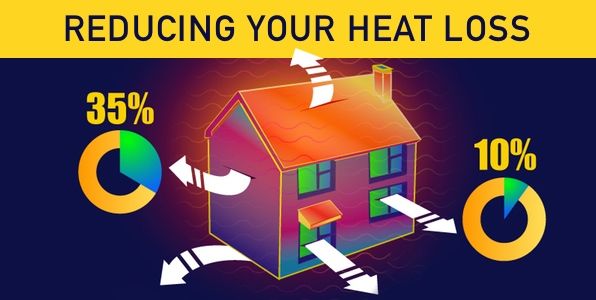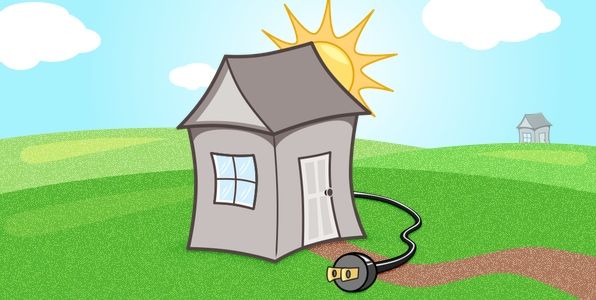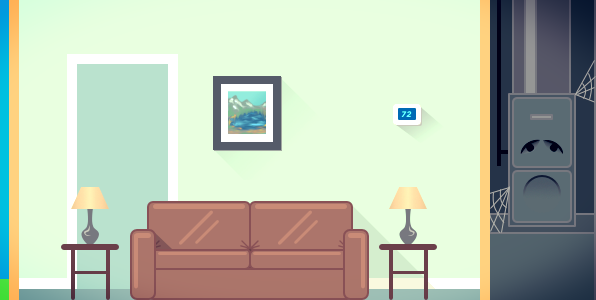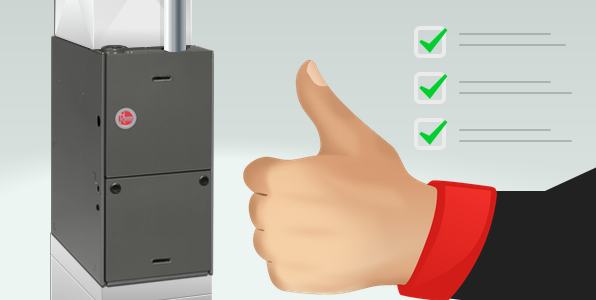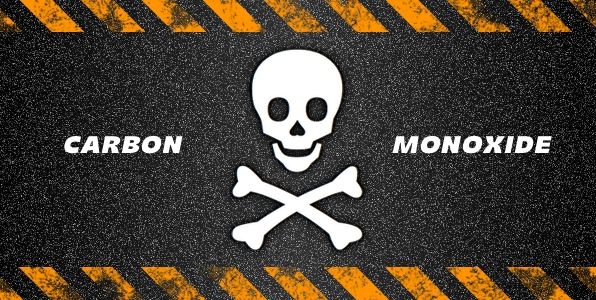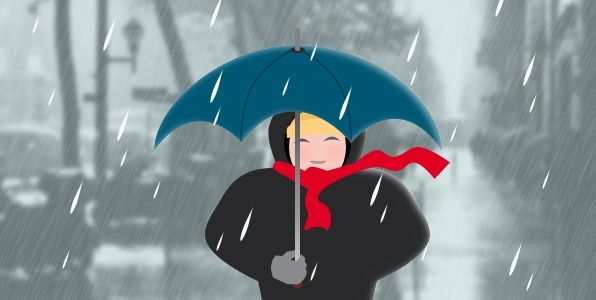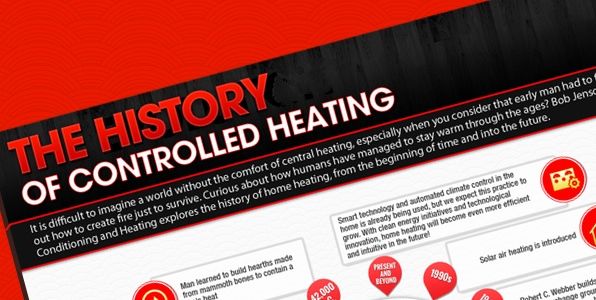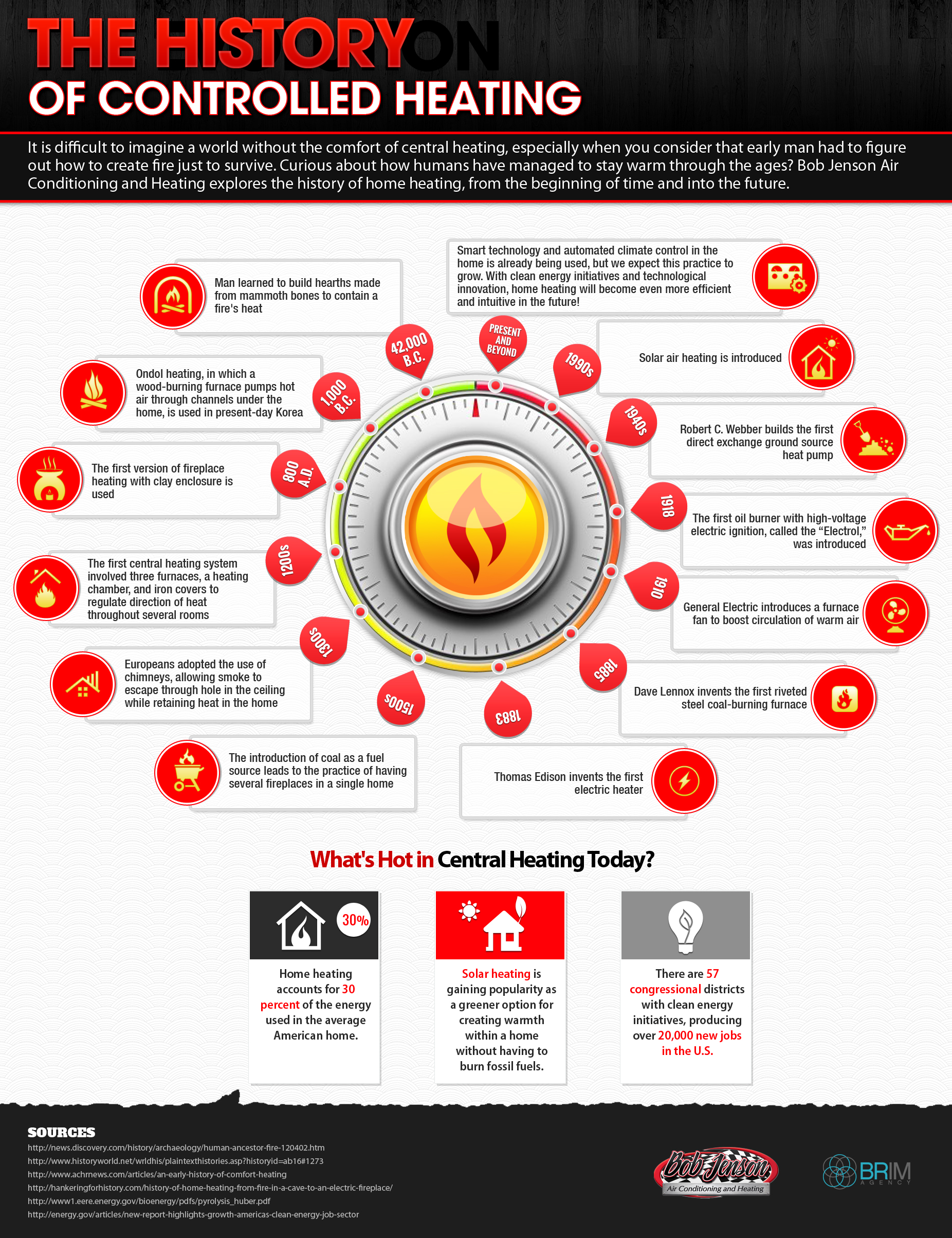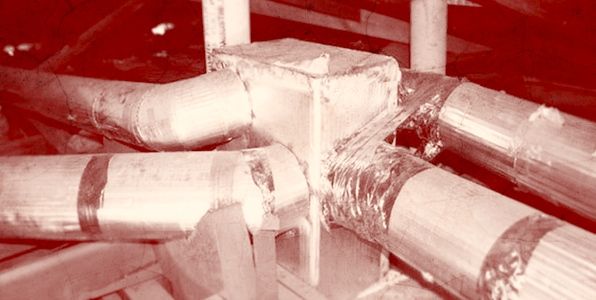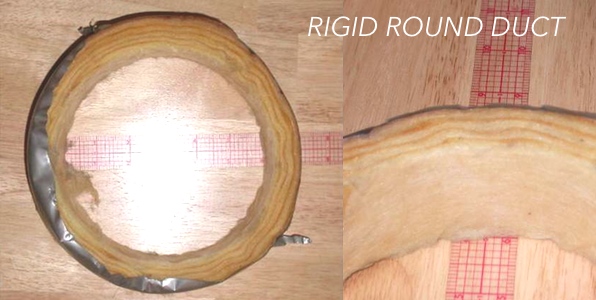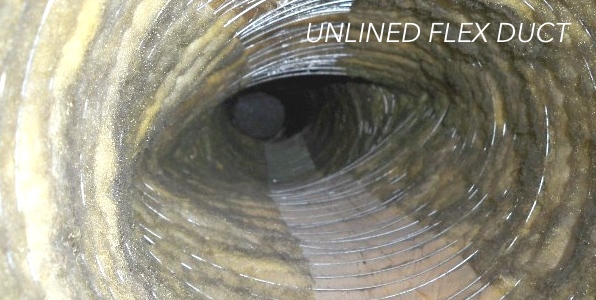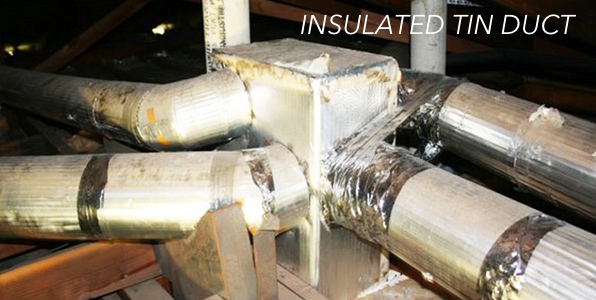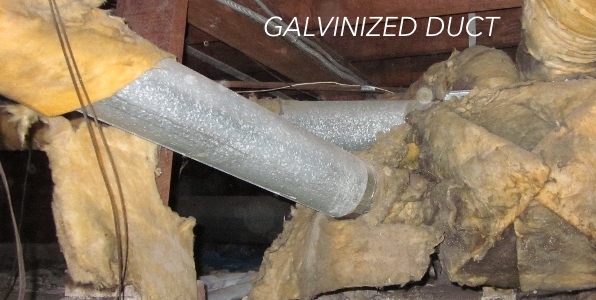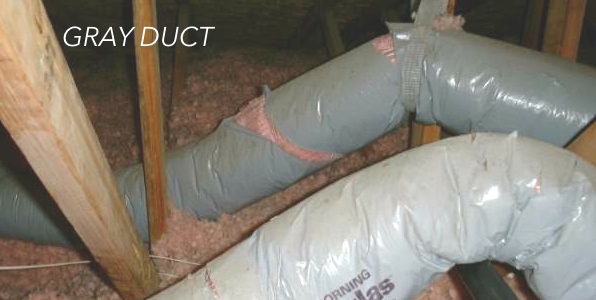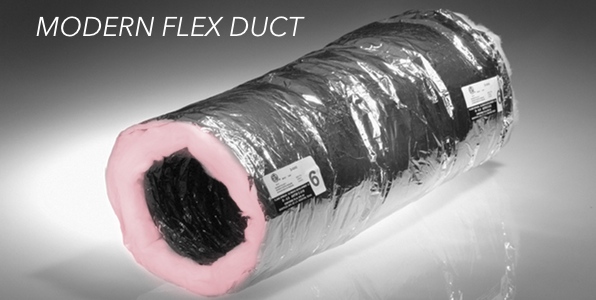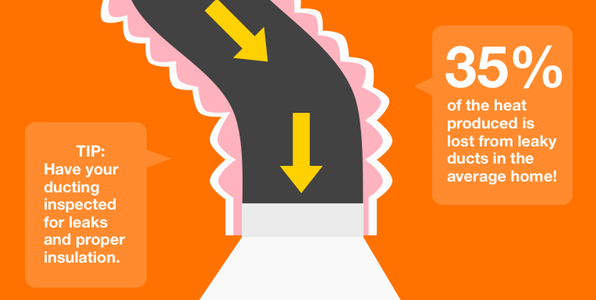Stay comfortable and keep your wallet…
With winter in full swing and temperatures reaching record lows on a seemingly daily basis, people are struggling to stay warm. While heaters are the main line of defense for most, high energy bills, carbon dioxide emissions, and a negative impact on the environment aren’t anyone’s cup of tea. That doesn’t mean you need to freeze your tail off. With a little creativity and some professional help, you can stay warm without breaking the bank.
1. Insulate your attic.
One of the best and cheapest ways to keep your home warm and energy efficient is to rethink your attic insulation. Insulating your attic helps you fight against heat’s natural movement toward coolness.
Heat Transfer
See, heat, which has a lot of energy, naturally likes to disperse to cooler areas where there is room for its chaotic particles to calm down—it wants to be in a state of thermodynamic equilibrium, or balance. Think of it this way: those heat particles are at a crowded punk rock concert getting beat up in the mosh pit and, naturally, they want to get outside for some space and fresh air. This migration of energy is called heat transfer and is described in the second law of thermodynamics. If your attic is properly insulated, you can prevent the heat you’re paying for to warm your home from escaping.
How Does Insulation Work?
Insulation works in the same general way as a down jacket or sleeping bag. It creates small pockets of air that combine to form a larger barrier that keeps the warm air in and the cold air out. The fluffier the insulation is, the more pockets to trap the air, which is why insulation that has been trampled is significantly less effective. This is also why you need to replace your insulation every so often as it tends to settle and flatten over time.
The key to good attic insulation is coverage. Holes or gaps in your insulation significantly reduce its effectiveness. It’s a good idea to contact a professional company, like Bob Jenson, to handle your attic insulation.
2. Seal it up.
Much of the heat in your home is also lost through the cracks in your door and around your windows, for the same reasons described above. In fact, according to Energy Star, adding up all the cracks, gaps, and holes in the average home, you’d be left with a heat loss equivalent to leaving a window fully open every day of the year.
Fortunately, weather stripping your home is an easy DIY project. Weather stripping itself is available in various materials, including felt, foam, plastic, and aluminum, all designed to seal in leaks without hindering how you open and close your doors and windows.
3. Rethink what you drink.
On those cold, blustery days, nothing feels better than a warm drink. But does it matter what’s in your mug?
Avoid Caffeine and Alcohol
Coffee, tea, and other beverages containing caffeine dilate your blood vessels, increasing blood flow to your skin. This produces an initial feeling of warmth, but in reality, your body is losing heat as warm blood is being taken away from your core. What about hot toddy? Alcoholic drinks have the same effect, which can actually make you feel colder when all is said and done.
Instead, try a nice cup of hot apple cider, cocoa, or herbal tea.
4. Bundle up.
To save on your energy bill, try to resist the urge to instantly turn on the heat whenever you feel a chill. We’ve become accustomed to this convenience, but it’s an expensive one that isn’t great for the environment either. Instead, bundle up, but do it the right way.
Don’t wear clothing too tight.
Your clothes will keep you warmer if they aren’t skin tight. Having some movement and empty spaces between you and your clothing allows your body heat and clothing to work together to keep you warm. If you’ve ever layered 3 pairs of tight yoga pants, for example, and found that it didn’t keep you warm, this is why.
Choose the right fabrics.
We’re just talking about staying warm and cozy while indoors—fabric needs change if you’re planning to spend a lot of time outdoors. For example, stay away from cotton if you’re heading out into the cold—rather than wicking away moisture like wool and synthetic athletic fabrics, it absorbs it and keeps cold moisture close to your body—a dangerous thing.
While hanging out at home, wear clothing made with insulating fabrics like wool and fleece—that includes your feet!
Layer logically.
If it’s especially cold in your home or you’re planning to head outside, make sure you follow the basic principles of layering.
Base layer: Your base layer should be thin, insulating, and moisture-wicking. As stated, ditch the cotton—you’ll be sweating under these layers at least a little (you’re always sweating, believe it or not!), and you want your base layer to be able to keep that sweat and moisture away from your skin.
Insulating layer: This middle layer should be warm and made of something like fleece or feather down. Think of it like the attic insulation—it should be roomy, a bit “fluffier” and have lots of insulating power.
Outer layer: The outer layer, or shell, is your coat and should be able to block wind and water while keeping the heat in.
5. Be social!
It doesn’t take a scientist to tell you that feeling lonely is the pits, but a series of studies by researchers at the University of Toronto suggest that loneliness actually has a physical effect on your perception of temperature, making you feel even colder than it actually is.
In one of the studies, subjects made to feel excluded in a ball-tossing game had a greater desire for warm food after. In another study, subjects recalled a situation of social exclusion and inclusion and an estimate of the room temperature at the time. The moments of social exclusion brought up lower room temperature estimates.
So if you’re feeling extra cold at home, call some friends over. The extra company will warm you and your heart.
Cold temperatures don’t mean you or your wallet need to suffer. Good luck staying warm!

